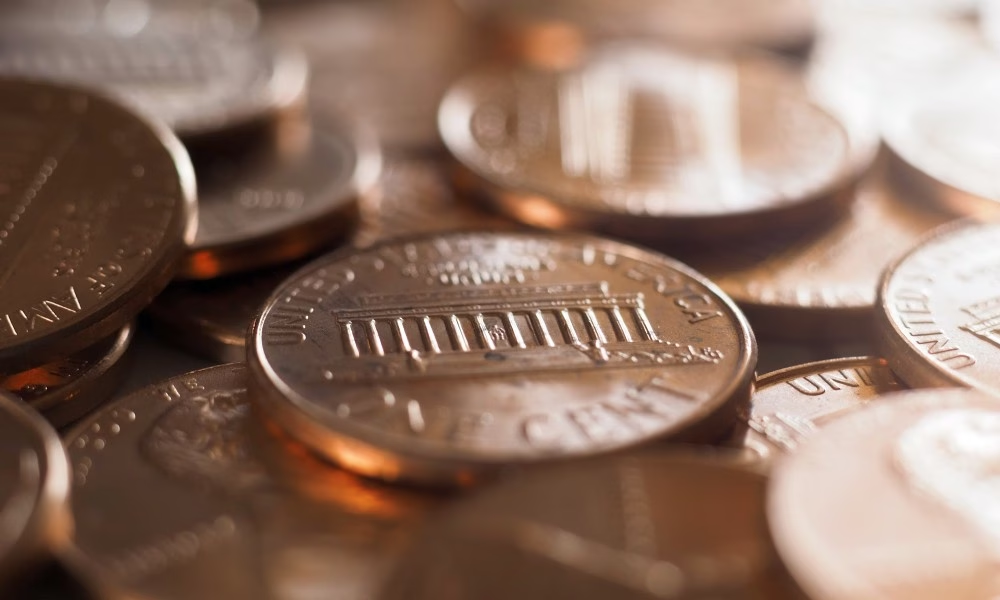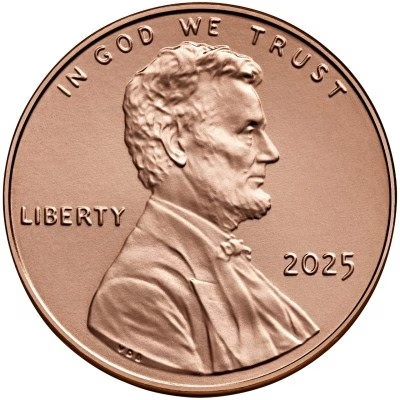
After more than 230 years as a cornerstone of American currency, the humble U.S. Penny is officially heading for retirement. Citing soaring production costs, the U.S. Mint will stop producing new pennies. This historic decision, while long debated, marks the end of an era for the one-cent coin. Here is a look back at its storied history and what this change means for consumers.
The History and Facts of the Penny
- Year First Issued, 1793 – The first official U.S. one-cent piece, featuring Lady Liberty
- First Penny Value – The original 1793 copper cent was much larger than today’s coin. While direct comparisons are complex, the coin had significant purchasing power at the time. |
- The penny was the first U.S. coin to feature the image of a real person. Abraham Lincoln’s likeness was added in 1909 to mark his 100th birthday.
- Cost to Produce – It cost the U.S. Mint approximately 3.7 cents to produce a single one-cent coin, resulting in millions of dollars in losses annually.
- Metallic Content (Current) – 97.5% Zinc and 2.5% Copper (The composition changed in 1982 when rising copper prices made the previous 95% copper alloy too expensive).
- In 1943, pennies were made of zinc-coated steel because copper was needed during World War II.
- Number Issued Annually – Over 3.2 billion pennies were produced in 2024.
What Happens Next?
While the Mint will stop manufacturing new pennies, the news comes with a few key takeaways for consumers:
Still Legal Tender: – All existing pennies remain legal tender. You can still use them to make purchases, and banks will continue to accept them for deposits.
The “Penny Jar” Effect: There are an estimated 300 billion pennies already in circulation—roughly 700 per person. Many Americans keep them in jars or cups, and this existing supply is expected to keep the coin around for years as it slowly falls out of circulation.
Rounding to the Nearest Nickel: For most consumers, the biggest change will be at the checkout counter. Since electronic payments (debit/credit cards) can still be processed to the exact cent, this change mainly affects cash transactions.
Stores are expected to adopt a “rounding” convention, similar to what Canada and Australia implemented when they phased out their lowest-denomination coins.
The total of a cash transaction will be rounded to the nearest 5 cents (nickel). For example:
- A total of $4.01 or $4.02 will be rounded down to $4.00.
- A total of $4.03 or $4.04 will be rounded up to \$4.05.
The retirement of the penny signals a practical move towards efficiency in an increasingly cashless society. It may take some time to get used to, but for those who often toss their small change aside, this change will simplify transactions and eliminate the world’s most costly piece of pocket change!





